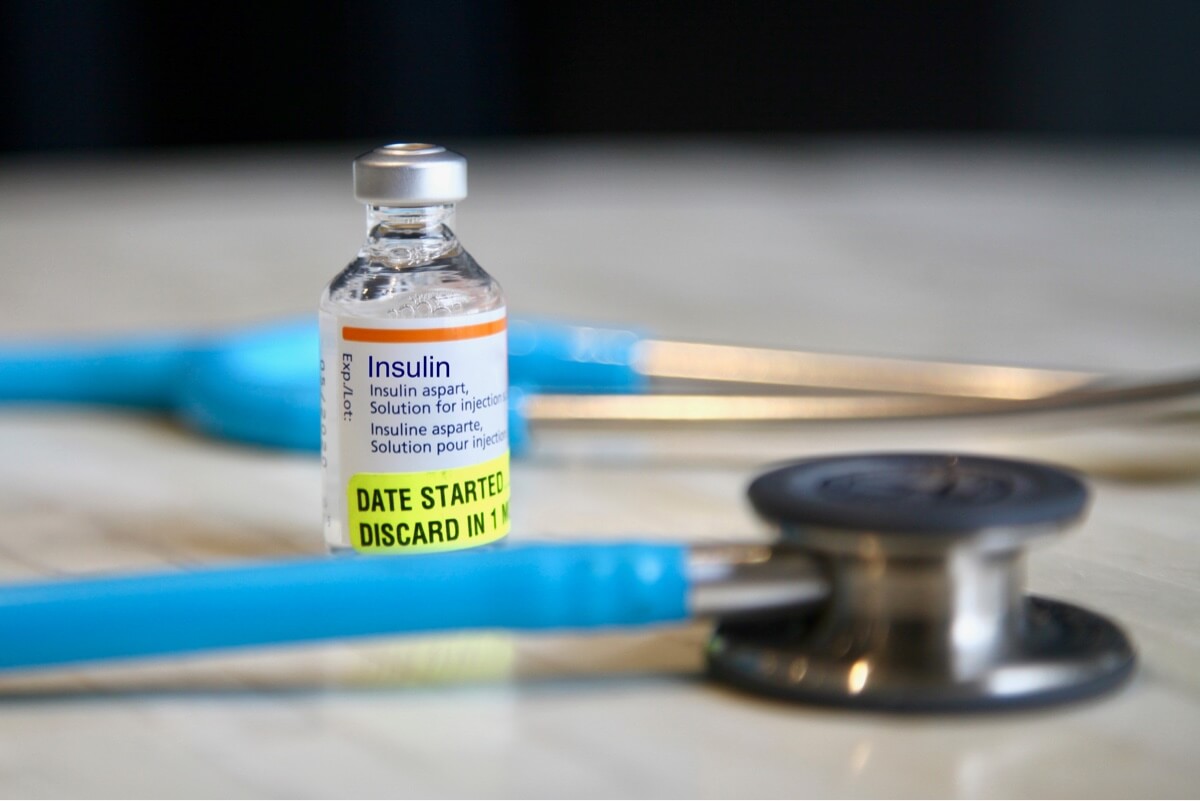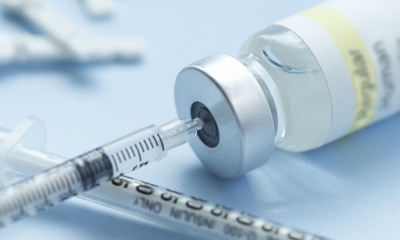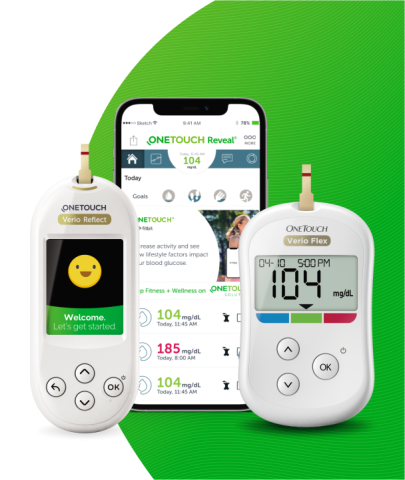-
Products

-
Accessories

-
OneTouch Verio® Control Solution

-
OneTouch Ultra Plus™ Control Solution

-
Carry Cases

-
Mobile
App
-
Getting
Started
-
Learn

-
Customer
Support
Managing Your Diabetes with Insulin Therapy

All people with Type 1 and some with Type 2 diabetes rely on insulin from outside sources in order to manage their diabetes.
Insulin can be administered in a variety of ways and there are many different types of insulin available to meet individual patient needs. Let’s start with the types of insulin.
Basal insulin
Our bodies require insulin to be readily available at all times to maintain stable glucose levels between meals and at night. This is where basal insulin comes in.
The role of basal insulin, sometimes called "background" insulin, is to maintain consistent blood glucose levels during periods of fasting in order to allow the cells to take in glucose for energy.
This kind of insulin is generally taken once or twice a day, therefore, the basal insulin will either be long-acting insulin or intermediate-acting insulin.
Bolus insulin
In addition to basal insulin, our bodies need additional insulin when we eat. Usually, the pancreas secretes extra insulin just before meals in order for glucose from that meal to be used as fuel. In insulin requiring diabetes this kind of insulin is replaced by what is called bolus, pre-meal, pre-prandial or short-acting insulin. These terms all describe the insulin taken at mealtimes to help keep blood sugar levels under control after carbohydrate ingestion.
Depending on the person and his/her/their needs, bolus insulin can be taken before, during, or after the meal and sometimes with snacks. Because bolus insulin needs to act quickly, short-acting insulin or rapid-acting insulin is used.
Your doctor will be able answer questions about when your bolus insulin should be taken.
Insulin delivery systems
Insulin pens
There are a variety of options that can be used to deliver insulin, including syringes, insulin pens, jet injectors, inhaled insulin, and insulin pumps.
Insulin pens look like oversized ink pens which contain a prefilled cartridge of insulin, making them a convenient and discreet way of carrying insulin. Most insulin pens are disposable. Additionally, they permit simple and accurate dosing and may be easier to use than syringe and pen needles for people with vision or coordination challenges.
Similar to syringes, pen needles come in a variety of needle gauges and lengths, and insulin pens have thinner or shorter needle offerings for more comfortable injections. All the major types of insulin are available in pen form.
Syringes
Another method of insulin delivery is through syringes and microfine disposable needles, which come in a variety of sizes, needle gauges, and needle lengths. The higher the gauge, the thinner the needle.
Your diabetes care team can help you decide on the right syringe for you based on your insulin doses and your personal preference and other factors.
While some people might prefer a shorter needle, a longer needle is sometimes necessary to help prevent insulin leakage at the injection site and to ensure optimal insulin delivery.
Insulin pumps
Small, battery-powered insulin pumps deliver insulin 24 hours a day to help improve a person's blood glucose levels at all times.
The pump can deliver basal as well as bolus doses, helping the user avoid highs and lows. Insulin pumps are excellent options for many persons with Type 1 diabetes, for Type 2 persons who require both basal and bolus insulin, for children and can be a good option for people who need to control their blood glucose very closely, or for those who need extra flexibility in their lifestyle.
Final Thoughts
Insulin therapy used with close glucose monitoring is an important and effective way to maintain blood glucose levels in target range. A variety of types of insulin and insulins delivery systems are available to suit individual needs, and these may change over a person’s journey with diabetes.
Taking a collaborative approach with your healthcare team is the best way to find an insulin regimen that fits your needs and lifestyle.
Sources:
Domingo-Lopez DA, Lattanzi G, H. J. Schreiber L, et al. Medical Devices, Smart Drug Delivery, wearables and technology for the treatment of diabetes mellitus. Advanced Drug Delivery Reviews. 2022;185:114280. doi:10.1016/j.addr.2022.114280
VeryWellHealth. Overview of the Types of Insulin. Last accessed online, September 14, 2022.
Related articles
US-OTB-1900032








